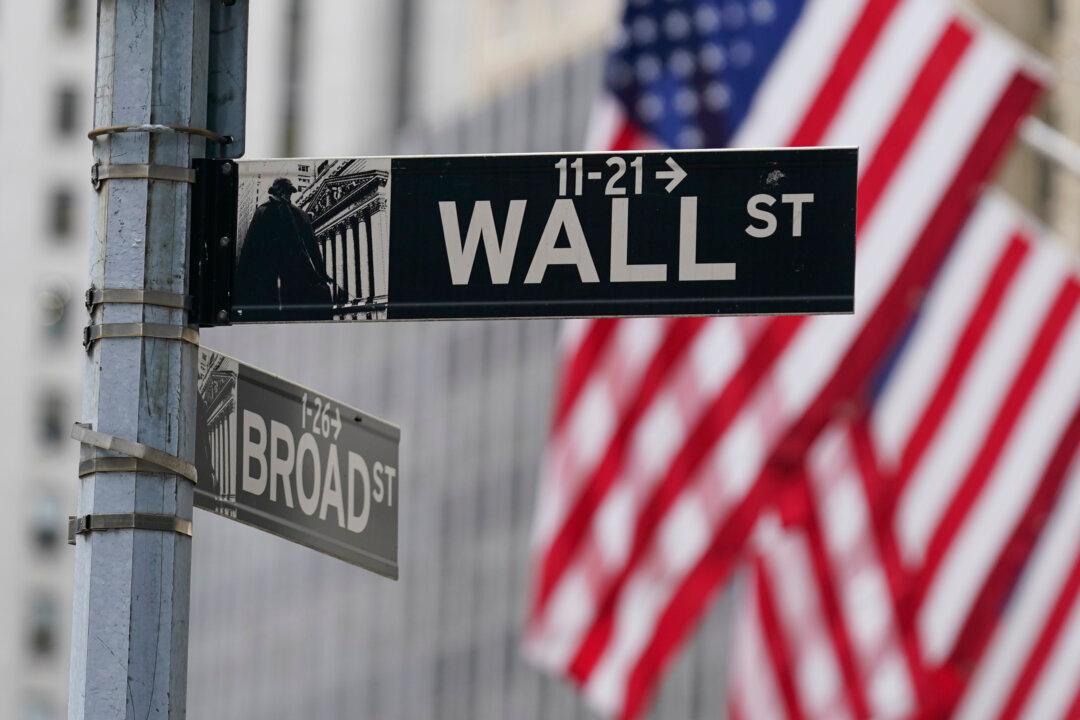NEW YORK—U.S. stocks drifted higher Tuesday amid a vacuum of market-moving data, nudging Wall Street closer to the edge of what’s called a bull market.
The S&P 500 rose 10.06 points, or 0.2 percent, to 4,283.85. It’s just 0.2 percent away from finishing a day 20 percent above where it was in mid-October, as a long-predicted recession has yet to hit and excitement around artificial intelligence has helped a select group of stocks to soar.





